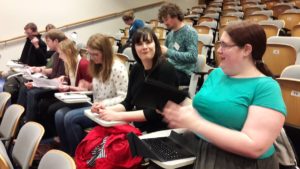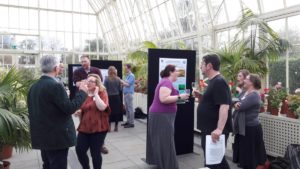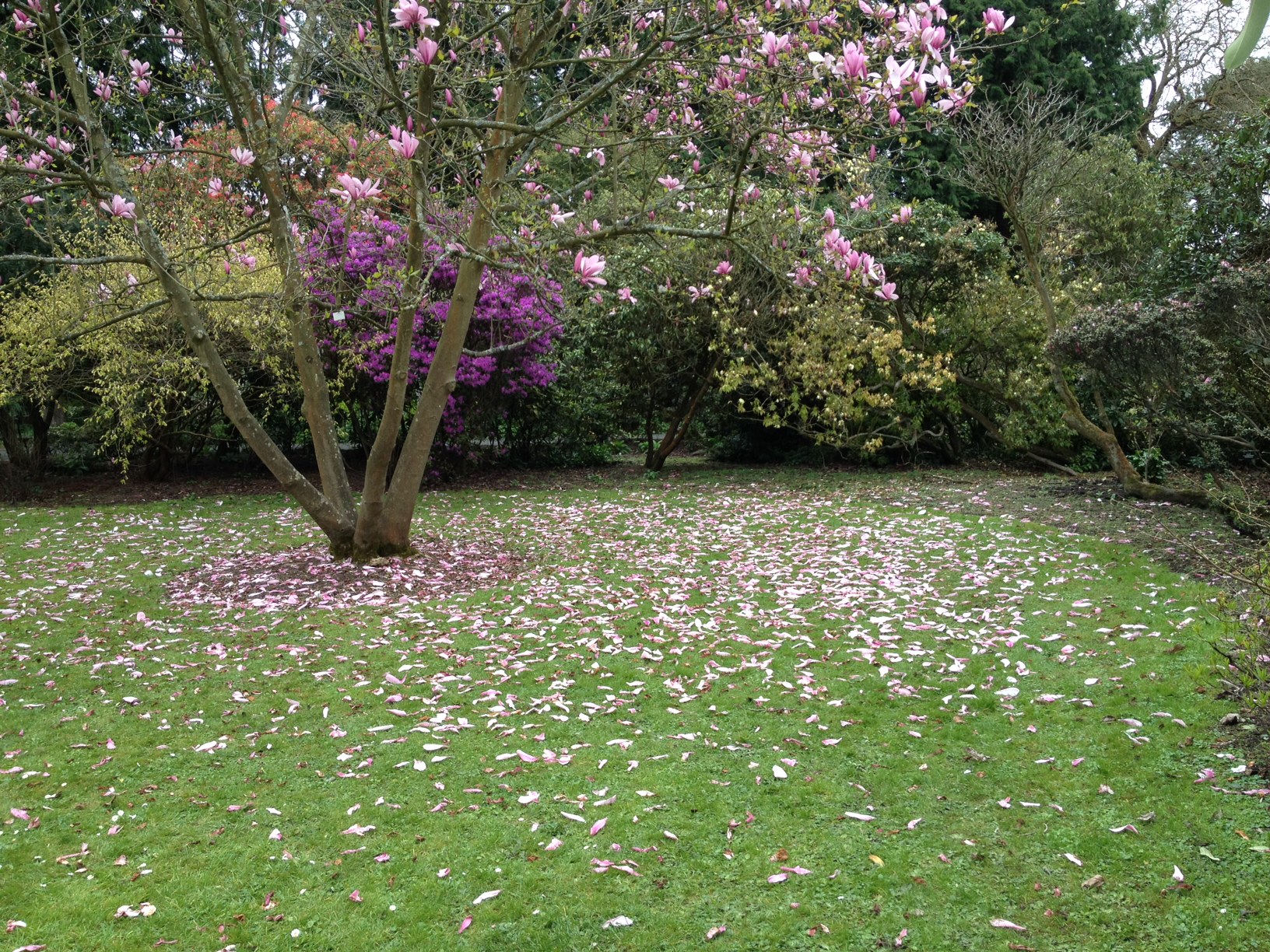- Wild and free: red deer grazing for conservation - 05/06/2019
- Sisters in Science: Dr Liz Dobson - 03/04/2019
- Closing the Gap Between Diversity Talk and Diversity Actions - 13/11/2018
Using genetics to understand ecology is fascinating. The data reveal things that often cannot be found by observation alone, such as patterns of cryptic diversity, migration pathways and the source of colonising populations.
But life in ecological genetics research is peculiar because we sit on a border between two fairly different fields of science. In an ecological crowd we’re called the ‘genetics person’ while among geneticists we’re seen to have only a rudimentary knowledge of ‘real’ genetics and our comments on ecological theory are sometimes met with funny looks. So spending time in an ecological genetics crowd is refreshing and, last week, about 30 members of the British Ecological Society did exactly that.

The BES Ecological Genetics Special Interest Group (affectionately known as EGG) meet every year and 2017 was their first meeting in Ireland. It was a strategic move from the organising team headed by Dr Gemma Beatty (Aberystwyth University) to expand their Irish membership. The conference took place in the picturesque National Botanic Gardens, Glasnevin, Dublin.
The fascinating keynote presentation was given by Professor Sean Graham, Head of the Department of Botany at University of British Columbia. He told us about the bizarre life and taxonomy of mycoheterotrophic plants and the evolutionary pathways that lead to photosynthesis loss. One of the strangest was Parasitaxus usta: a short, pinkish heterotrophic podocarp conifer, that lives on the forest floor in New Caledonia and ‘parasitises’ another podocarp species.
Michelle Davis from Edge Hill University told us about her plans to use DNA from museum specimens of Marsh Fritillary butterflies to provide a historical baseline of population structure from which to direct future conservation. Michelle also had the interesting position of being the only female speaker out of 14 at the conference (after Ciara Powell’s talk cancelled). That’s a gender imbalance that we all need to work towards improving in future. Well done Michelle for giving a great talk while also representing an entire gender on stage!

That said, the talks during the conference were excellent. Some highlights for me were Andjin Siegenthaler’s research using DNA to examine (and re-define) the trophic ecology of the brown shrimp, Dr Jim Provan’s solution to the puzzle of the Lusitanian flora (very convincing, but I’m still wondering if the pieces fit together) and Prof. Ian Montgomery’s account of the historical waves of Irish mammal introductions.
The poster session was held in the delightful Teak House glasshouse. Glasses of wine were sipped among palm fronds, complementing lively scientific discussion of landscape genetics, conservation, taxonomy, demography, hybridisation, community genetics, heterostyly and biogeography. Seven out of the 10 posters were presented by female researchers; a contrasting pattern to the talk program. This highlights an interesting trend in presentation method between genders and an opportunity to motivate women (including myself) to take to the stage next time.
Overall the conference was thoroughly enjoyable. The boutique size of the event made it very easy to meet new people and the loose program allowed plenty of time for wandering the gardens, touring the herbarium and enjoying the delicious dinners. I eagerly await the next opportunity to mix with the EGG heads!
Author: Annabel Smith (check out Annabel’s research here)

